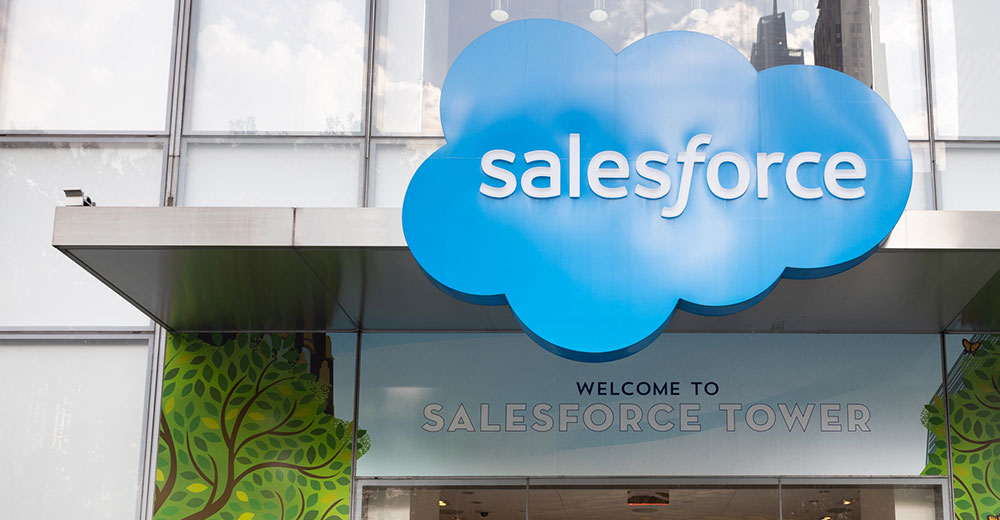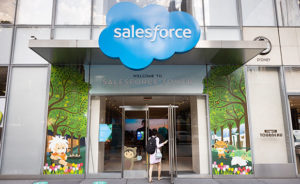If you are reading this, you know Salesforce at least superficially. If you know the company just a little bit better, you know it is over twenty years old and practically singlehandedly invented cloud computing.
Other companies that get a shout out for being early to the cloud include Amazon, but they built and maintained their instance of cloud for their private use. Amazon inspired companies like Salesforce. The rest is not history but current events.
Aside from the basics of cloud computing, Salesforce seems to have invented or reinvented much of today’s business environment and best practices. That’s not hyperbole — and it points to a potentially bright future for global business.
When Salesforce got started it was dogma that the corporation existed for the benefit of the shareholder, period. Part of twentieth century business history documents the push and pull between those who believed in shareholder supremacy and those who believed that customers, labor, partners, local communities — stakeholders — had skin in the game and also deserved love.
Defying Cost-Cutting Mentality
Beginning with a famous case Dodge v. Ford — the Dodge brothers were Ford shareholders — courts have generally sided with shareholders that excess cash should be returned to shareholders in the form of dividends and stock buybacks. The idea survives to the present day with the unfortunate result that companies don’t adequately fund activities like research, development, employee training and the like.
In the post-war period accountants focused on tight financial controls and wrestled company management away from the inventors and engineers who made products and tried to perfect them.
Figures like Robert McNamara famously remade Ford in the image of the bean counters to the detriment of the “car guys,” their products, and ultimately their customers. McNamara’s proteges and descendants infiltrated American business and left us with what we have today: too many businesses run by bean counters focused on cutting costs.
In that environment Salesforce has bucked the tide and thrived.
Salesforce on Wall Street
When Salesforce championed the subscription model, Wall Street couldn’t initially wrap its head around it. The Street was highly skeptical of any business’s ability to make money charging by the week or the month. Big deals, the kind that pump up a balance sheet, weren’t plentiful and so subscriptions were suspect. That’s nothing compared to the quizzical looks Wall Street gave when discussing a category of software focused on the customer.
Salesforce was also very early to the party in reconsidering shareholder primacy. It seemed to them, as a CRM company that attending to other stakeholders just made sense. So, they attended to all parties, built software systems to assist in the effort and proselytized to the world about the importance of other stakeholders.
Another way Salesforce has been different has been in its approach to mergers and acquisitions. In a world where at least half of all mergers fail, the vast majority of Salesforce mergers succeed brilliantly. One metric to consider is how many companies want to be acquired by Salesforce. I do not recall the words “hostile takeover” and “Salesforce” ever being uttered in the same breath.
Today Salesforce’s mergers are easier than ever because of prior mergers such as MuleSoft (an integration tool) and the Salesforce platform upon which many acquired companies and candidates have built their products. Vlocity would be a good example.
My Two Bits
Salesforce’s success was not pre-ordained. It came in the era just after the bean counters devastated Hewlett Packard and Xerox, two powerhouses that invested heavily in research and development. Bean counters more or less decided that all that spending on new product development would better serve their plans for dividends and buybacks. Neither company retains its greatness from mid-century nor is it likely to regain it.
To me Oracle looks threatened in the same way. In order to keep corporate raiders at bay the company has repurchased billions worth of its stock and pays out hefty dividends to keep its stock bobbing like a cork on the sea of Wall Street.
I am happy to say that in my career as an analyst, the questions I have tried to answer dealt primarily with how and how well software worked, not about how much money a company made. That said, it’s hard to deny a feeling of I told you so when Salesforce announces earnings. According to its earnings announcement for its Q2, year over year revenues were up an astonishing 24.28% at $7.41 billion — easily beating Wall Street estimates, a regular occurrence.
The company with a radically different product strategy, and a business model that included all stakeholders, continues to do well and to teach those of us willing to learn how business can be done better in the twenty-first century. What’s next is anyone’s guess. Hopefully the bean counters will keep a respectful distance.

























































